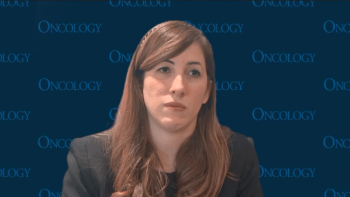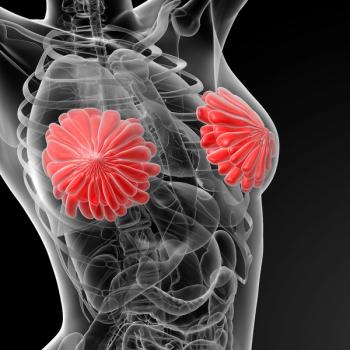
Oncology NEWS International
- Oncology NEWS International Vol 18 No 4
- Volume 18
- Issue 4
Study using light reveals breast tumor oxygen status
Bioengineers at Duke University in Durham, N.C., have developed a light-based system that provides information about tumor oxygen levels while the tumor is still in vivo. This needle-based technique can provide pathologists with biological specifics of the tumor and help oncologists choose treatment options that would be most effective for that individual patient, according to the researchers.
Bioengineers at Duke University in Durham, N.C., have developed a light-based system that provides information about tumor oxygen levels while the tumor is still in vivo. This needle-based technique can provide pathologists with biological specifics of the tumor and help oncologists choose treatment options that would be most effective for that individual patient, according to the researchers.
The new system, based on diffuse reflectance spectroscopy, gives important clues about the tumor by interpreting how the light is either reflected back from the tumor or absorbed.
Oxygen status is important since past studies have shown that low levels of oxygen, or hypoxia, are more often associated with malignant tissue than healthy normal tissue, said lead author J. Quincy Brown, a fourth-year post-doctoral fellow at the Pratt School of Engineering.
Tumors that thrive in these low-oxygen environments tend to be more difficult to treat, Dr. Brown’s group explained in Cancer Research (69:2919-2926, 2009).
The researchers enrolled 35 breast cancer patients scheduled to undergo surgery. Before the surgery, normal, UV-visible light was directed through a needle at the surface of the tumor while it was still in the breast. Their main target was blood and its hemoglobin.
“Our system measured how the light was either absorbed by the hemoglobin, which gave us an optical fingerprint of the oxygen status of the tumor,” Mr. Brown said. “This fingerprint can give clues about which form of therapy, chemotherapy, radiation, surgery, might be the most effective for that particular tumor.”
Articles in this issue
over 16 years ago
Aureon launches prostate cancer predictorover 16 years ago
Ascenta Therapeutics cements treatment potential of AT-101over 16 years ago
Pathwork tissue test passes muster in multi-center investigationover 16 years ago
Hologic nabs approval for two new HPV testsover 16 years ago
Soy may protect against breast cancer in Asian womenover 16 years ago
P53 mutation linked to advanced CRC in African-Americansover 16 years ago
Increased mortality risk cannot be excludedover 16 years ago
Research restores yoga’s role in active therapyover 16 years ago
MRS may eliminate need for invasive brain biopsyover 16 years ago
Who's NewsNewsletter
Stay up to date on recent advances in the multidisciplinary approach to cancer.














































































